While red apples and yellow bananas are classic sights in the fruit bowl, there’s a whole world of unexpected hues waiting beyond the usual spectrum. One of the most striking among them is the Magenta — bold, exotic, and almost electric.
Magenta fruits blur the line between pink and purple, demanding attention with their vivid glow. Some are tropical show-stoppers rarely seen outside their homeland, others are ordinary fruits hiding a shock of color beneath their skin. From jewel-bright berries to hot-pink fleshed surprises, these fruits prove just how wild nature’s palette can be.
In this post, we’ll dive into 12 stunning fruits that naturally wear magenta, celebrating their eye-catching beauty and the delicious surprises they bring.
1. Red Dragon Fruit
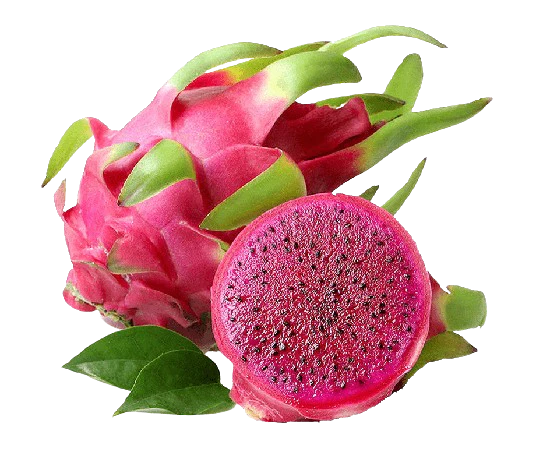
The showstopper of the cactus world, this dragon fruit variety is instantly recognizable thanks to its fiery pink skin and intensely magenta or purple flesh. Speckled with tiny edible black seeds, its color is completely natural — a result of betalain pigments similar to those found in beets. Behind its dramatic appearance lies a mildly sweet, refreshing taste with kiwi-like notes. Popular in smoothies and fruit bowls, its coloration makes it a darling of chefs and photographers alike. Beyond looks, it’s also rich in antioxidants, fiber, and vitamin C.
2. Pink/Red Guava
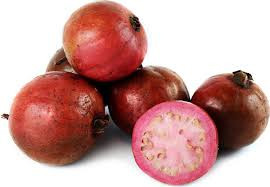
While common guava varieties have pale white insides, select cultivars reveal a brilliant pink-to-magenta core that makes them look almost tropical candy-like when sliced. As they ripen, the flesh softens and develops a sweet, floral fragrance that hints at strawberry and pear. Packed with vitamin C, lycopene, and iron, these colorful guavas are often juiced or eaten fresh with a dash of chili and salt. Their intense magenta center not only turns heads but also signals a richer antioxidant punch than the paler types.
3. Prickly Pear (Red varieties)
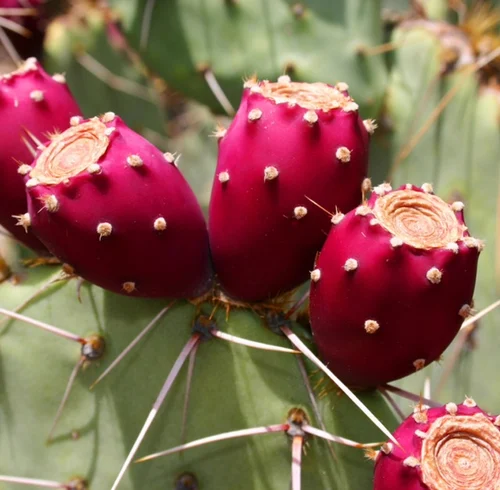
Grown atop paddle-shaped cactus pads, these varieties of prickly pear surprise with their deep magenta flesh hidden beneath a thorny exterior. Once carefully peeled, the jewel-colored interior emerges, dotted with crunchy, edible seeds. Its flavor is refreshingly sweet — like a cross between watermelon and bubblegum — and the color comes from betalains, powerful antioxidants. These fruits are eaten out-of-hand or turned into syrups, jellies, and candies, making the most of both their striking hue and unique desert-born flavor.
4. Blood Peach / Blood Nectarine
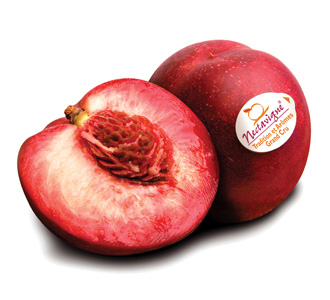
These heritage stone fruits look ordinary on the outside but reveal dramatic streaks of magenta and crimson through their flesh. Often richer and slightly spicier in flavor than yellow-fleshed varieties, they carry berry-like undertones and fragrant, almost perfumed juice. Their coloration intensifies near the pit and may bleed outward as the fruit ripens. Highly prized by chefs, blood peaches and nectarines are used in tarts, jams, and desserts where both their taste and bold coloring can shine.
5. Jamaican Otaheite Apple (Malay Apple)
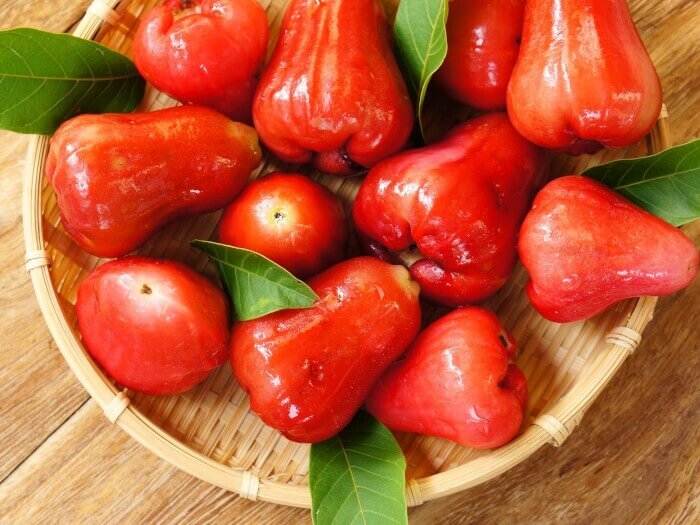
Glossy and bell-shaped, the Otaheite apple comes in radiant shades from rose-pink to magenta-red, with some varieties having blushed flesh as well. Its crisp texture delivers a refreshing burst of mildly sweet, watery juice — making it a popular fruit for quenching Caribbean heat. Though called an “apple,” it’s botanically unrelated and far more delicate. Both ornamental and edible, its magenta-toned varieties are sought after not just for taste but for their striking appearance in fruit displays.
6. Strawberries
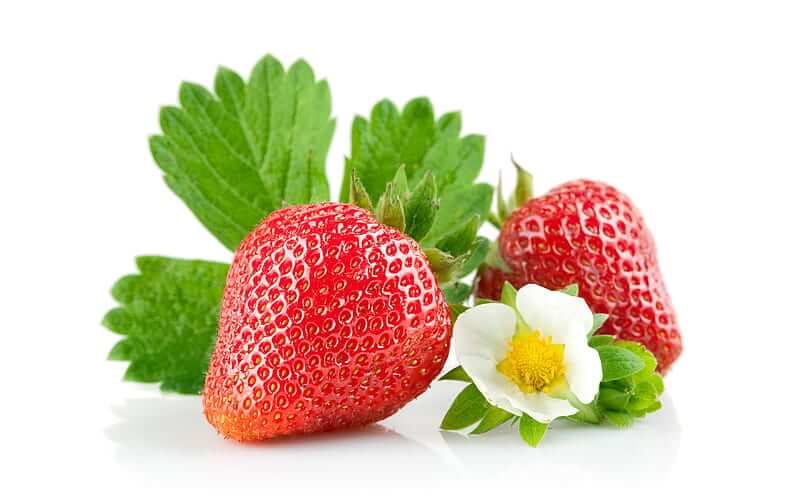
While most strawberries are crimson when ripe, certain cultivars develop a deep pink-magenta blush, especially in their flesh and juice. Their seeds embedded on the surface can turn golden against this richer colored background, giving the entire berry a jewel-toned look. As they darken, the berries become sweeter and more aromatic, signaling peak ripeness. Highly perishable, their color is a visual cue used by growers and chefs alike to select berries with the best flavor and nutrient richness.
7. Raspberries (Deep-ripened)

Raspberries typically begin ruby-red, but when left to ripen fully on the cane, they darken into hot-pink or magenta-toned clusters. Their delicate drupelets deepen in both flavor and color as sugars concentrate, offering bursts of tart-sweet juice. These fully ripened berries contain high levels of anthocyanins — antioxidants responsible for that vibrant coloring. Their intense hue and fragile texture make them a prized seasonal delicacy and a colorful topping for desserts.
8. Pomegranate
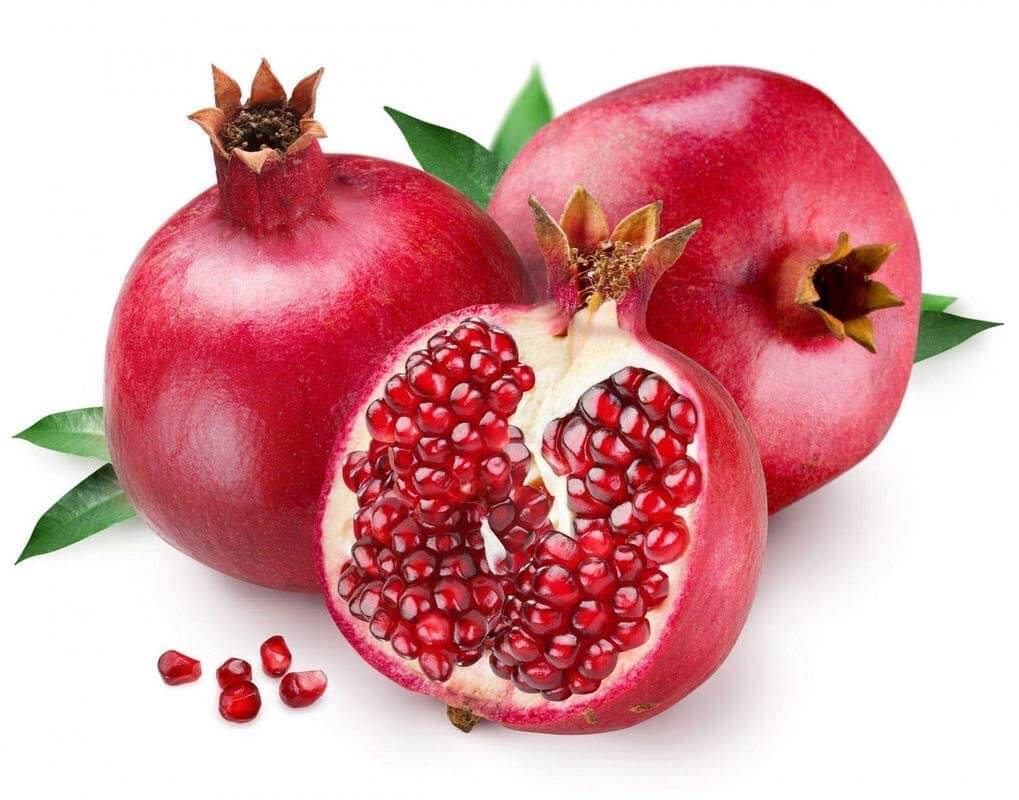
Hidden inside a thick, leathery rind lie hundreds of glistening arils, each ranging from ruby-red to bright magenta depending on the variety. These jewel-like sacs of juice offer a tangy-sweet explosion of flavor and a crunch from a soft seed inside. Valued since ancient times for their beauty and symbolism, pomegranates are nutritional powerhouses rich in vitamin C, potassium, and polyphenols. The magenta-tinted varieties are especially prized for juicing and cooking.
9. Bell Apple (Syzygium samarangense)
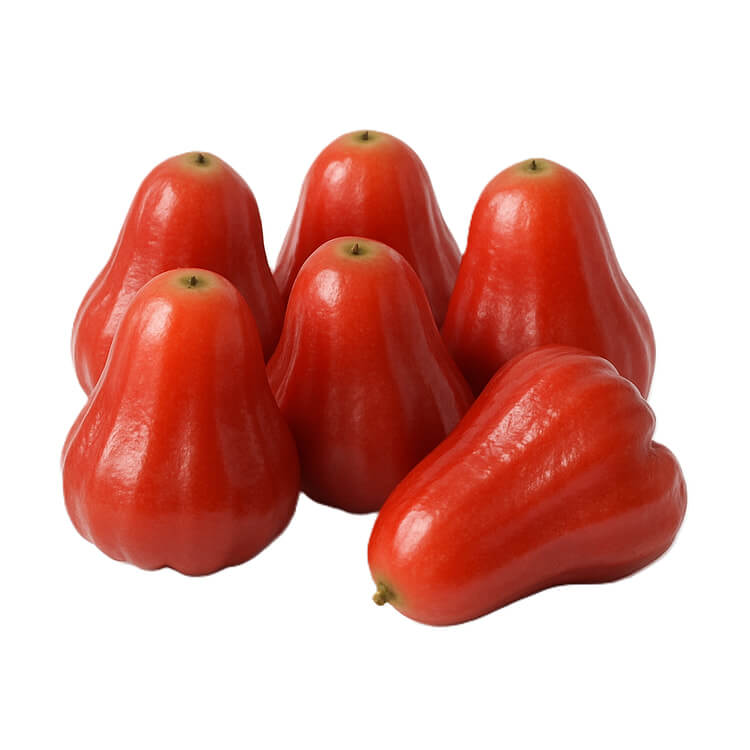
This tropical fruit, also known as wax apple or water apple, typically has a shiny, bell-shaped body showing colors from pale pink to deep rosy-magenta, especially in select varieties. The waxy skin gives way to a moist, spongy flesh that is mildly sweet and thirst-quenching — almost like a natural fruit popsicle. Though subtle in flavor, its stunning magenta hue makes it a popular ingredient in salads and fruit platters across Southeast Asia.
10. Annona / Ilama
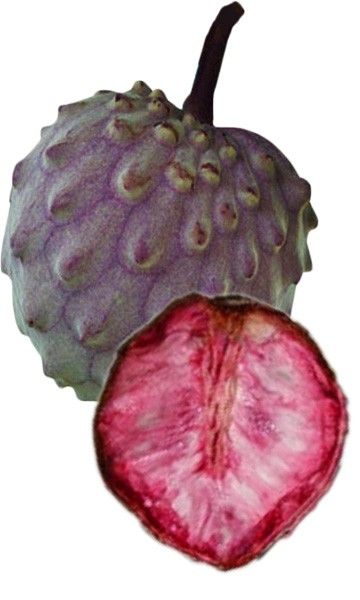
A relative of the cherimoya and soursop, the Ilama comes in both green- and magenta-skinned forms, with the magenta varieties being especially prized. Once cracked open, the soft flesh can also show pinkish-magenta tinting, with a custard-like texture and sweet flavor reminiscent of berries and tropical cream. Eaten with a spoon, it’s a rare delicacy in Central America — and its brilliant color has made it a favorite among collectors and fruit enthusiasts worldwide.
11. Jungle Jalebi
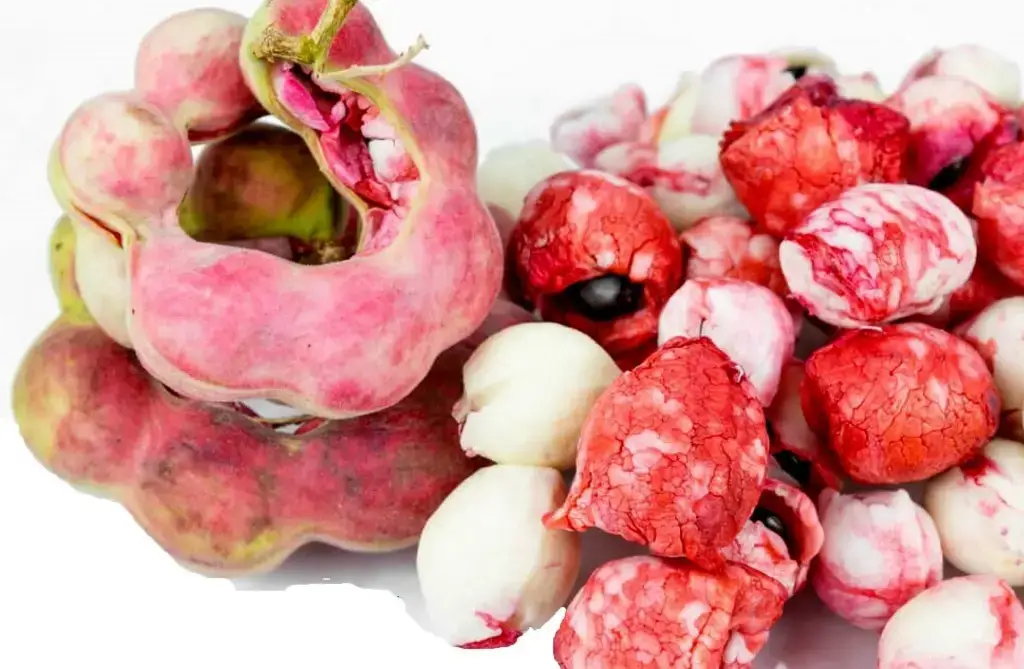
This unusual fruit grows in coiled, bean-like pods that, when ripe, split open to reveal puff-like pink-to-magenta pulp surrounding glossy black seeds. The edible pulp ranges from sweet to tangy, depending on maturity, and is commonly eaten fresh or used in chutneys. Popular across South Asia and Africa, Jungle Jalebi’s standout magenta tones and whimsical, candy-like appearance make it an unforgettable wild fruit.
12. Ugniberry (Ugni molinae)
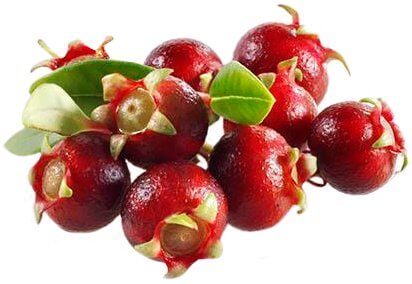
Also known as Chilean guava or strawberry myrtle, this small berry matures to shades ranging from soft rose to rich magenta-purple. Despite their tiny size, Ugniberries pack a highly aromatic, spicy-sweet flavor that tastes like wild strawberries mixed with mint. Historically favored by the Mapuche people of Chile, these berries are still used to make jams, desserts, and the traditional Chilean liqueur “Murtado.” Their magenta-rich skin and intense fragrance make them a true hidden gem of the berry world.
Also check: 17 Teal-Looking Fruits You Didn’t Know Existed
